A decision by the Church of Scotland to apologise for its role in capturing and torturing ‘witches’ during the 16th and 17th centuries has been welcomed by Fife-based campaigners.
A motion agreed at the Church of Scotland’s General Assembly recently called on the body to “acknowledge and regret the terrible harm caused” to the mostly women who were accused of sorcery – and to “apologise for the role of the Church of Scotland… in such historical persecution”.
Greg Stewart, a Fife-based member of the campaign group Remembering the Accused Witches of Scotland (RAWS), said his organisation’s steering group were delighted with the church’s decision.
This constituted group of volunteers from all corners of Scotland, has been striving to raise the profile of the plight of people accused of witchcraft in years gone past.
The purpose of RAWS has evolved to include the advancement of the arts, heritage, culture and science and the promotion of equality and diversity.
“We have been working closely with the Church of Scotland for some time now and have discussed the significance and relevance of having them acknowledge their role in the historic witch trials,” said Mr Stewart.
“We were delighted when the church accepted our case and have now formally acknowledged and expressed regret at their role in the trials.
“We were told by many that having the church acknowledge their role would be an impossible task.
“However, we have shown that by working respectfully with the church, not apportioning blame or pointing the finger, or trying to hold the current members responsible for what happened centuries ago, we can achieve impossible tasks.”
Historic motion by Kirk
In a motion accepted by the General Assembly on May 24, Rev Professor Susan Hardman Moore, principal of the church’s New College, said the kirk needed to apologise for “feeding the witchcraft fury” in the 16th, 17th and 18th centuries.
She told the General Assembly’s Faith Impact Forum: “Apologising for historic wrongs is not about shouldering the blame now personally for what happened in the past, nor is it about misapplying today’s standards to past actors.
“Rather, apologising for historic wrongs is about standing in solidarity with the innocents who suffered; acknowledging and regretting the harm that came to them as a result of actions by the church in the past; setting the record straight by affirming the dignity of the people that our forerunners wrote off; and acknowledging the suffering caused by past norms and policies that we no longer accept.
“Importantly, apologising for historic wrongs can be a step towards reconciling towards reconciling with those who are alienated from the church now by what the church has done in the past.”
The motion was accepted unanimously by church elders after its Theological Forum produced a report earlier this year on “apologising for historical wrongs”.
It came as First Minister Nicola Sturgeon announced on March 8 that she was willing to give an apology to all the individuals accused in Scotland under the historical witchcraft acts.
RAWS, which discussed the matter with the Church of Scotland in 2021, considered it imperative that the church also acknowledged the historic injustice that took place, resulting in the accusation, persecution and execution of over 4000 people, mainly women, who were accused of being witches.
Following the Church of Scotland’s decision, Claire Mitchell QC, a Dundee-based lawyer, who founded the Witches of Scotland – another pressure group trying to get justice for those wronged centuries ago – said in a tweet: “I am delighted that the Church of Scotland has taken the historic step to ‘acknowledge and regret’ the terrible things done to those accused of witchcraft in Scotland.”
Witch Trials
At a time of growing paranoia, the Scottish Witchcraft Act was introduced in 1563 that made consulting with witches or practising dark arts punishable by death.
King James VI was said to have been concerned by witches and was involved in the North Berwick Witch Trials.
Thousands were tortured, tried and executed between 1563 and 1736.
While the Kirk was not directly involved in witch trials, the institution has acknowledged elders within its Kirk Sessions captured and interrogated accused witches before passing them to the criminal courts.
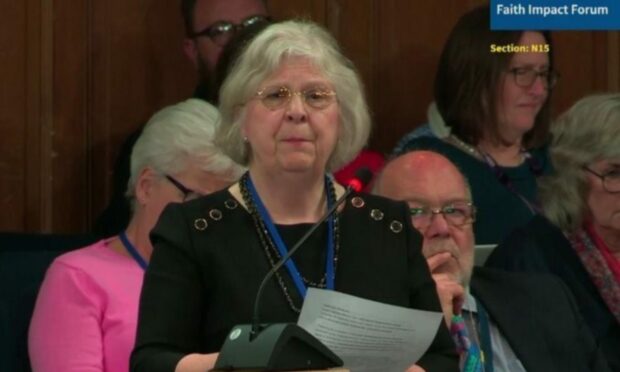
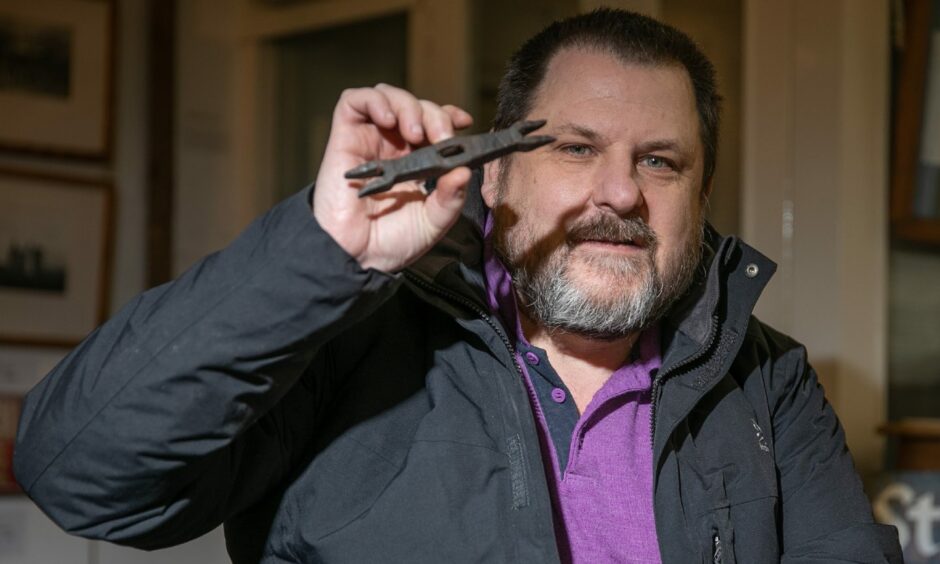
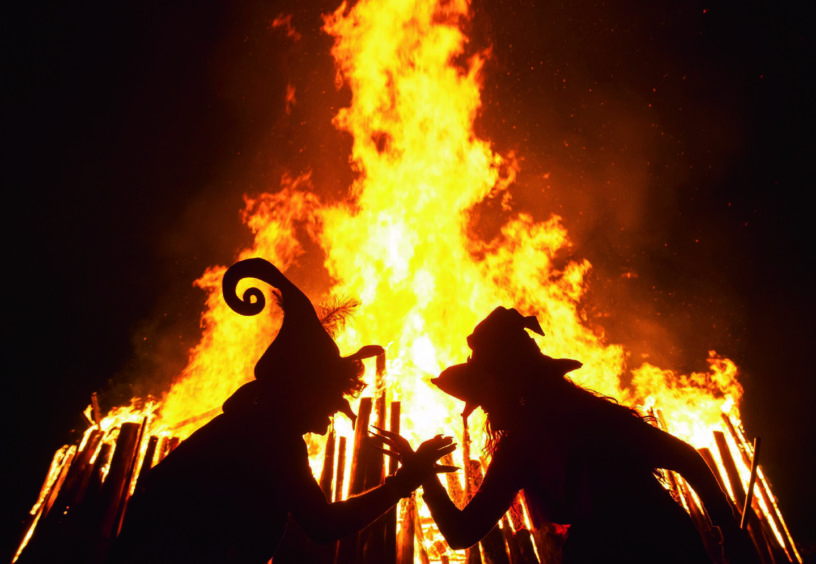
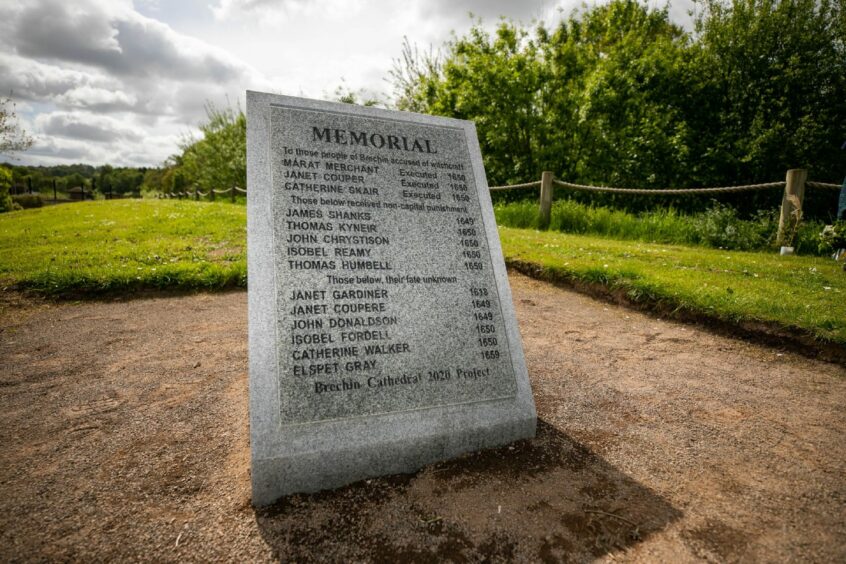
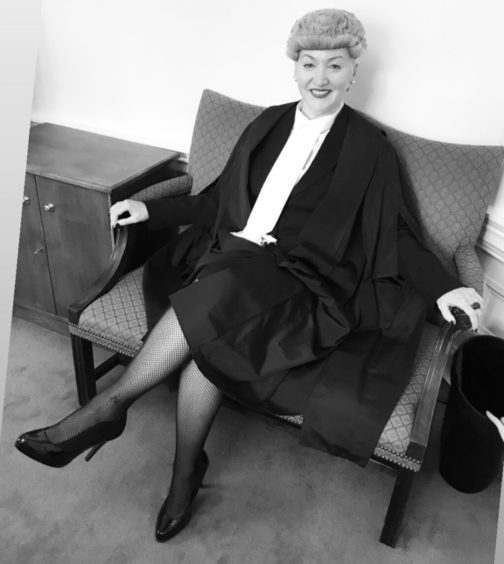

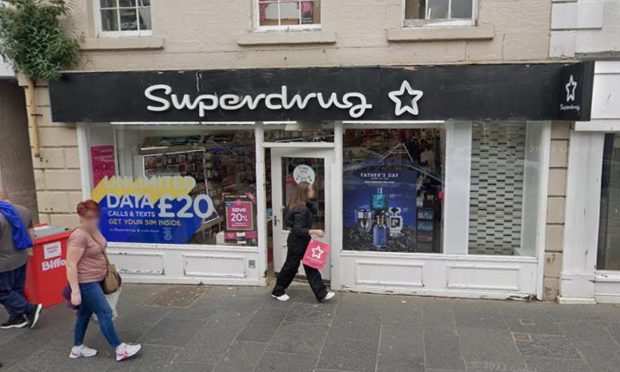


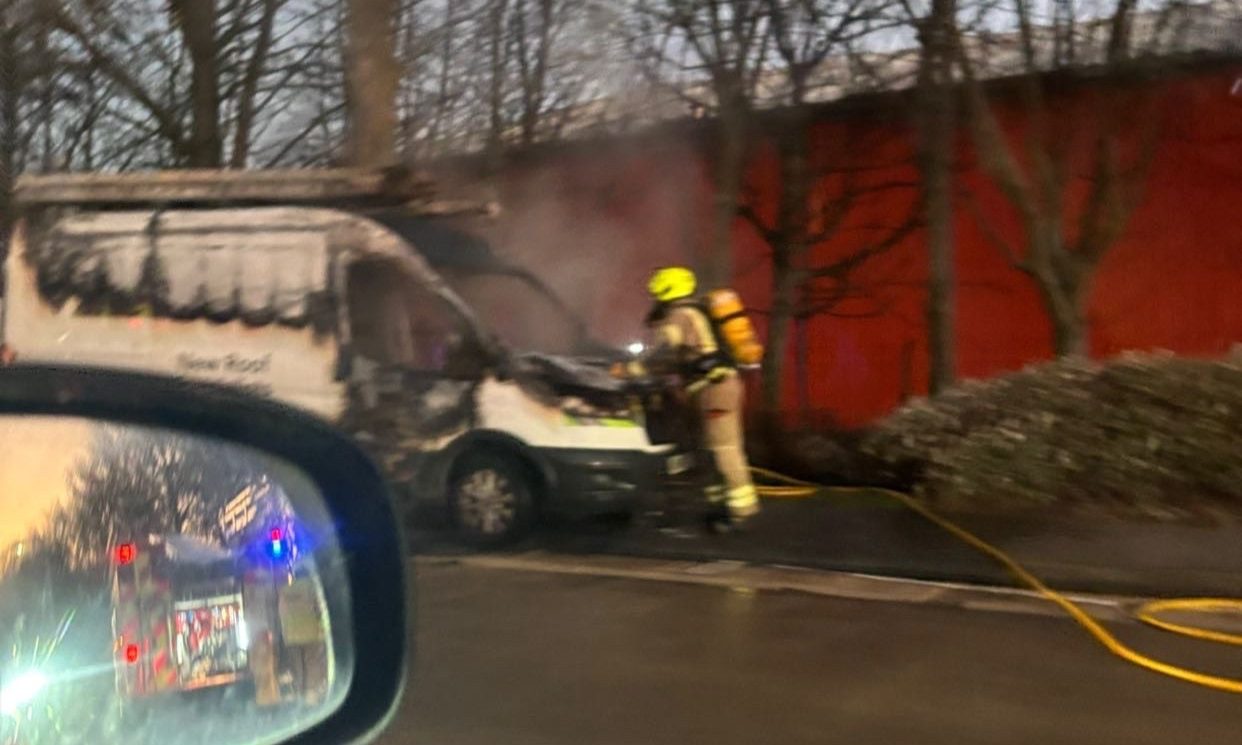
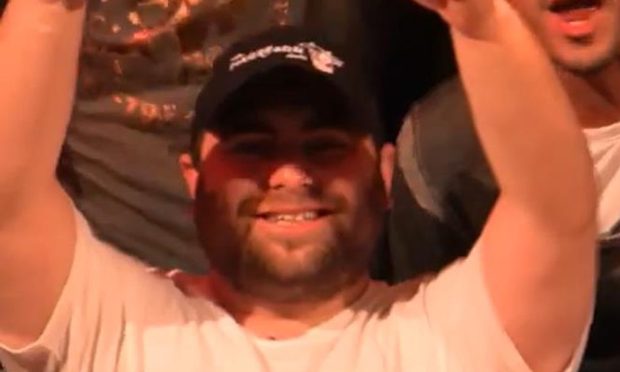
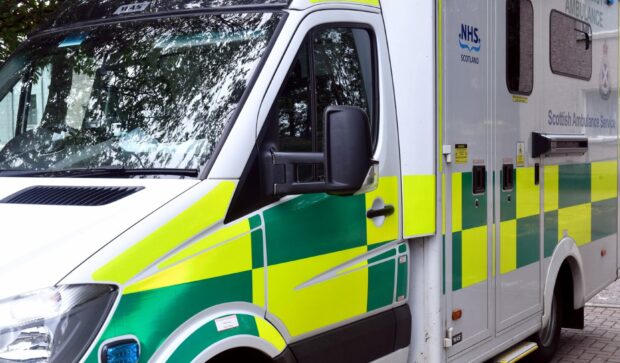
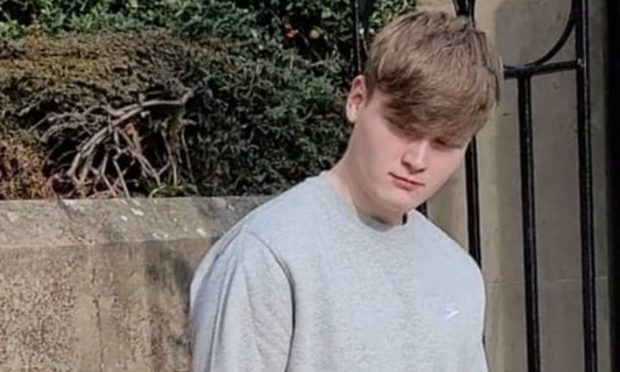

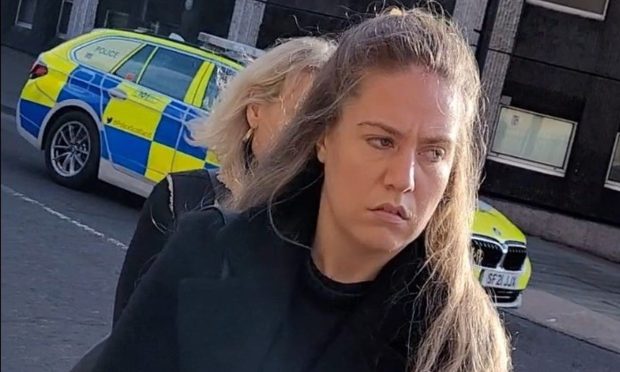
Conversation